The AGO Regional Competitions for Young Organists are held in odd-numbered years, in two separate stages. An initial competition (2019) is held at the local level by an AGO chapter. Each chapter winner will advance to a regional competition, where a regional winner will be awarded. The competition cycle culminates in 2020 when the 7 regional competition winners – now AGO Rising Stars – perform at the Rising Star recitals at the AGO National Convention in Atlanta, Georgia.
The AGO/Quimby Regional Competitions for Young Organists are made possible by a generous grant from Michael Quimby, President, Quimby Pipe Organs, Inc.
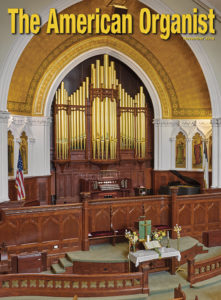 St. Paul’s Memorial United Methodist Church
St. Paul’s Memorial United Methodist Church
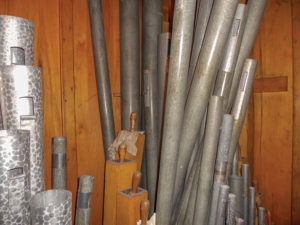
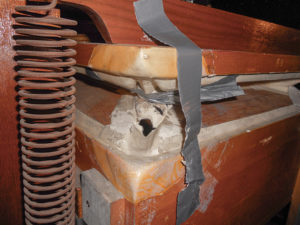
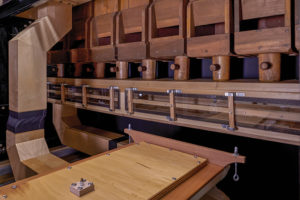
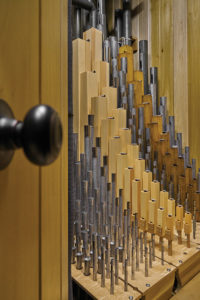
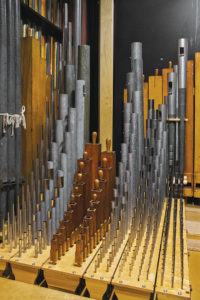
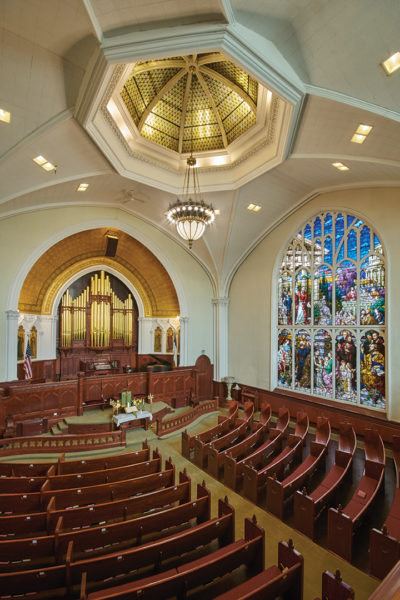
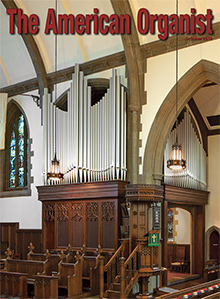 Multum in Parvo
Multum in Parvo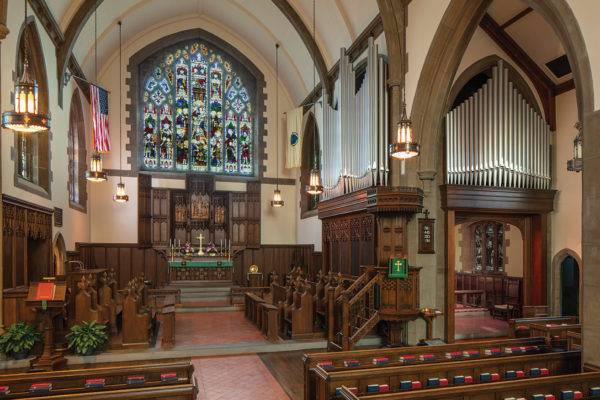
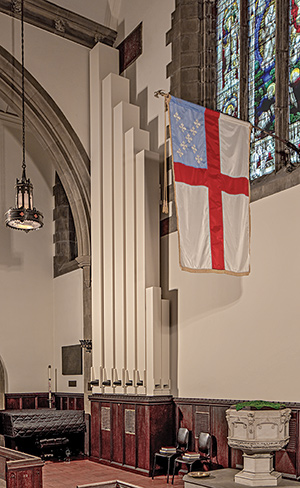
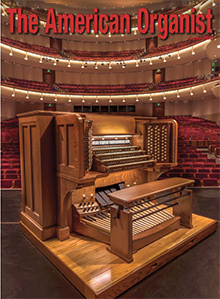 Northrop Auditorium and its Reconditioned Aeolian-Skinner
Northrop Auditorium and its Reconditioned Aeolian-Skinner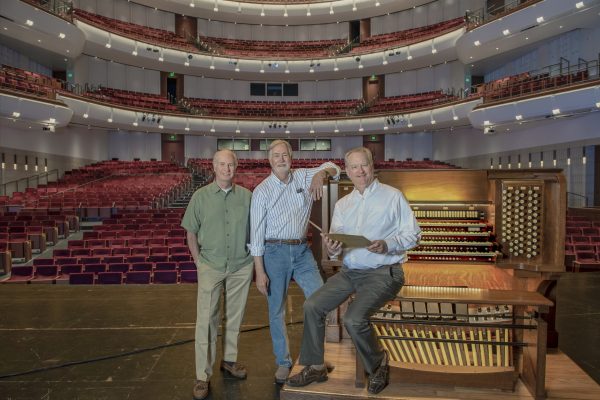
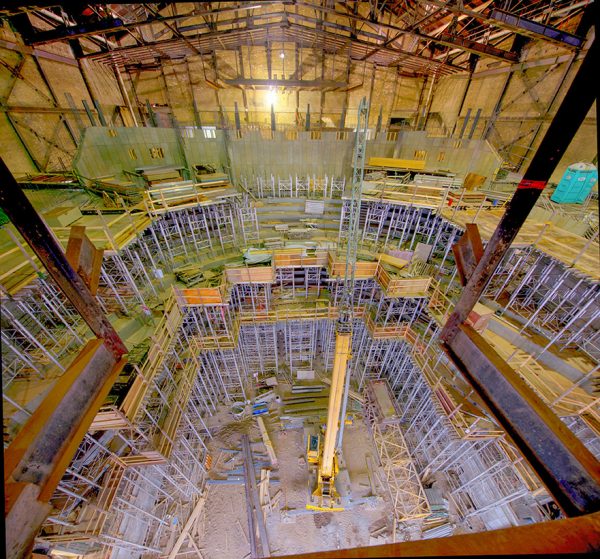
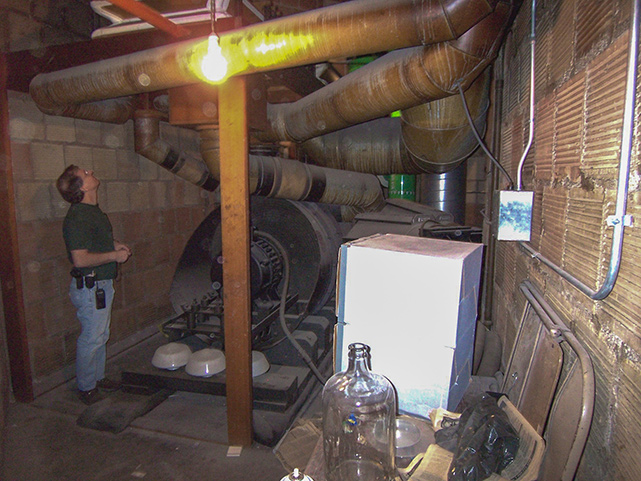
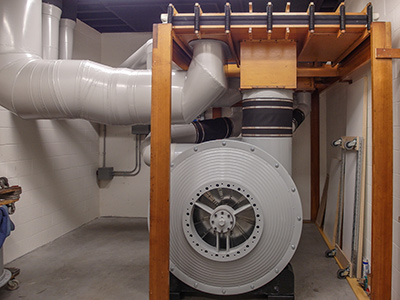
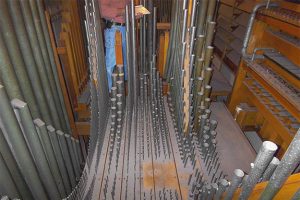
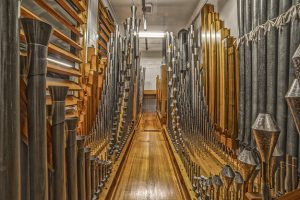
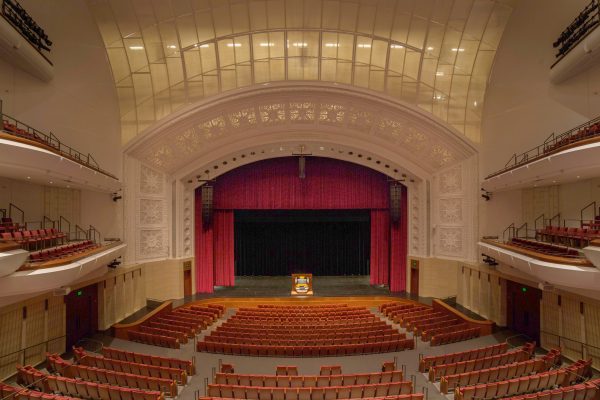
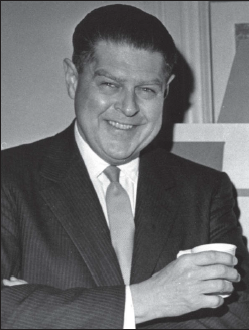 In June 1990, professor of music and composer Dan Locklair sat down with former AGO president Searle Wright, FAGO, at First Congregational Church in Binghamton,New York to conduct an extensive interview for The American Organist. The transcript of their talk was published in the September 1992 issue. Dan recently unearthed the recording (on two cassettes), transferred the audio to CDs, and sent them to me for the archives at AGO Headquarters.
In June 1990, professor of music and composer Dan Locklair sat down with former AGO president Searle Wright, FAGO, at First Congregational Church in Binghamton,New York to conduct an extensive interview for The American Organist. The transcript of their talk was published in the September 1992 issue. Dan recently unearthed the recording (on two cassettes), transferred the audio to CDs, and sent them to me for the archives at AGO Headquarters.